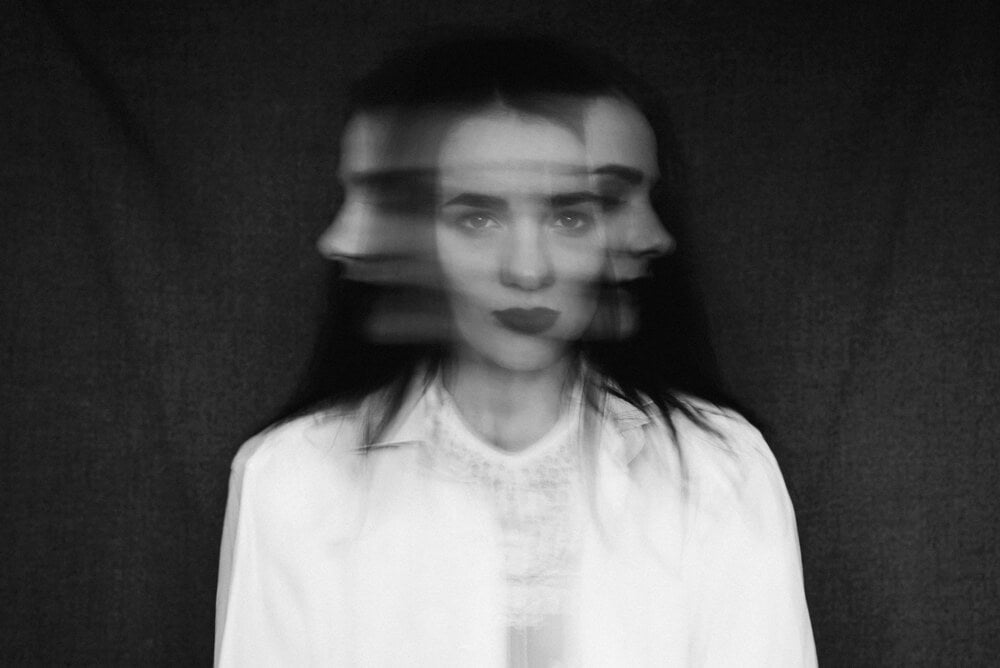Paranoia has been interpreted differently by psychiatry and psychoanalysis. The concept first appeared in psychiatry and, at first, was simply supposed to be a form of dementia.
Over time, psychiatry has rejected this concept as a diagnostic entity; partly because paranoia has begun to be part of some mental disorders, especially schizophrenia. Thus, it ceased to be a separate entity and became almost a symptom of other pathologies. Today, what seems most, according to the DSM, is the syndrome. “
- In psychoanalysis something very different has happened.
- In principle Sigmund Freud approached it as a form of neurosis derived from obsession; later.
- Particularly with the Schreber case.
- He realized that it was a psychosis.
- Aimée case: cured paranoia.
?” what has been abolished inside goes back to the outside” – Sigmund Freud-
The word paranoia comes from the Greek root ‘Para’, which means ‘next to’ or ‘next to’; and the word ‘noev’, which means to think or understand. Thus, due to its etymology, paranoia is something like “having a parallel thought. ” The first to speak of it was Hippocrates.
For a long time, the word paranoia was used as synonymous with madness. Germany’s Kahlbaum was the first to refer to it as a separate entity in 1863. Kraft-Ebing further developed the concept and in 1879 described it as a “madness that essentially refers to judgment and reasoning.
There were other attempts to describe this problem, but finally the concept of Kraepelin was imposed in 1889, which from that moment assumed the meaning of a type of disorder in which there are delusions, without any other significant psychopathology. he was present until 1987, when he was replaced by “delirant disorder” or “paranoid disorder. “
Sigmund Freud spoke for the first time of paranoia, without being able to conceptualize it completely, in his book The Defense of Neuropsychosis (1894). Freudian psychoanalysis mainly dealt with neurosis. Freud initially associated paranoia with the projection mechanism; then he did not proceed conclusively.
Neisser has defined a fundamental aspect of how psychoanalysis treats the paranoid phenomenon, noting that it is, in essence, “a unique way of interpreting”. The paranoid feels that everything he observes and hears, one way or another, refers to him. .
Jacques Lacan, on the other hand, went much further in the matter. In a 1958 text, in which he refers to the Schreber case, addressed by Freud, Lacan defines paranoia as “the identification of one benefit rather than the other”.
Lacan is enigmatic and difficult to understand. Let’s say your statement is equivalent to the slogan of paranoia: “The other takes advantage of me. “Jacques Lacan literally says: “He [the paranoid] offers himself as support to God or the Other to enjoy his passivation. “
Paranoid in psychoanalysis is not just a suspicious person, as is often thought of in popular culture. Whoever is affected by this problem assumes two hypotheses: first, what kind of “bad”?Cruelty was triggered and that he would be a victim. And second, what happens in the world is linked in some way.
The paranoid interprets the world from these two hypotheses and an illusion. Delirium is an irrational story. In paranoia, this story has to do with a form of evil that wants to turn a person into a victim. “Evil spirits take over my mind,” for example. Either the Martians or the devil.
In this state, a person interprets the facts of history to which his mind gave life, so losing an object, for example, would be proof that these spirits, Martians or demons, or anything else, play with him or torment him.
As Lacan points out, the slogan appears: “The other takes advantage of me. As a result, he feels completely “passed out. ” He attributes what’s going on in his life: “It wasn’t me, it was the Other. “This belief and illusion ranges from relatively simple situations, such as jealousy, to states with more serious consequences, as in the case of Aimée.

